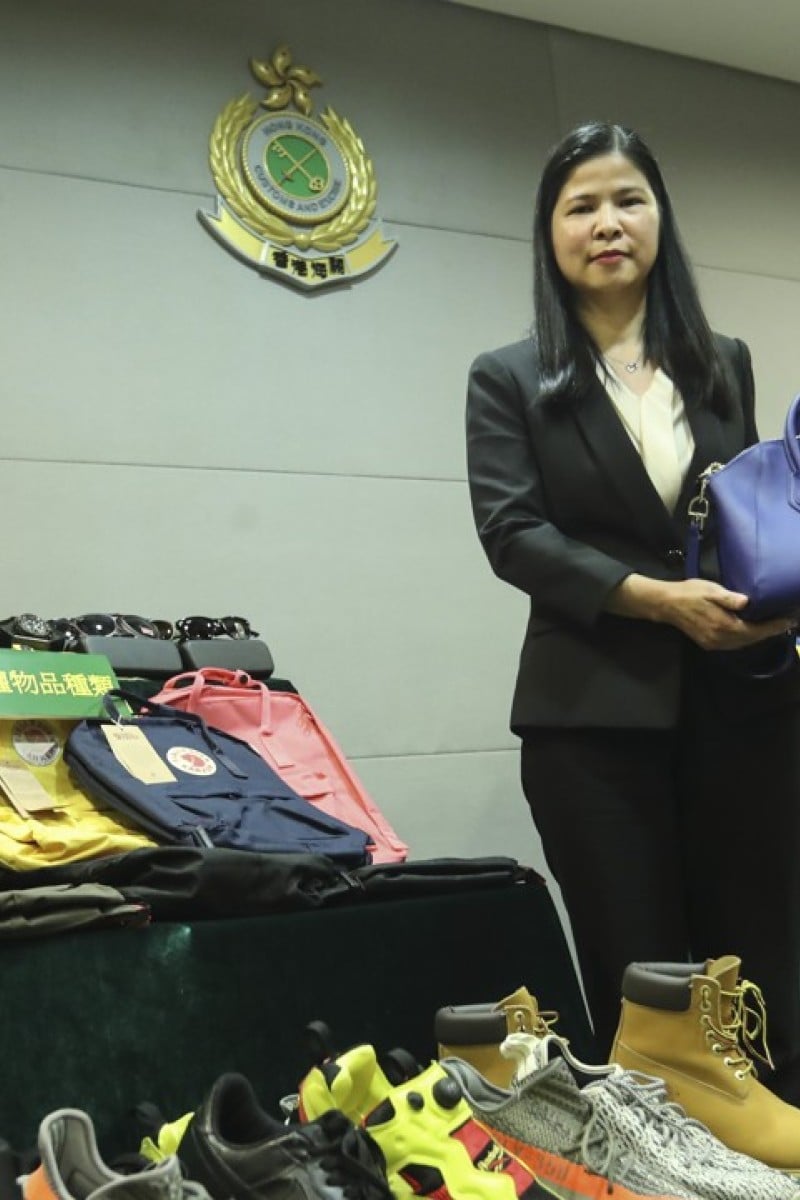
Listen to this article
Many of the students claimed they thought stated the products were “not real” or “high-quality fakes” would be enough to protect them
By staff writer, with additional reporting by Ben Pang
|
Published:
Sign up for the YP Teachers Newsletter
Get updates for teachers sent directly to your inbox
By registering, you agree to our T&C and Privacy Policy
Sign up for YP Weekly
Get updates sent directly to your inbox
By registering, you agree to our T&C and Privacy Policy